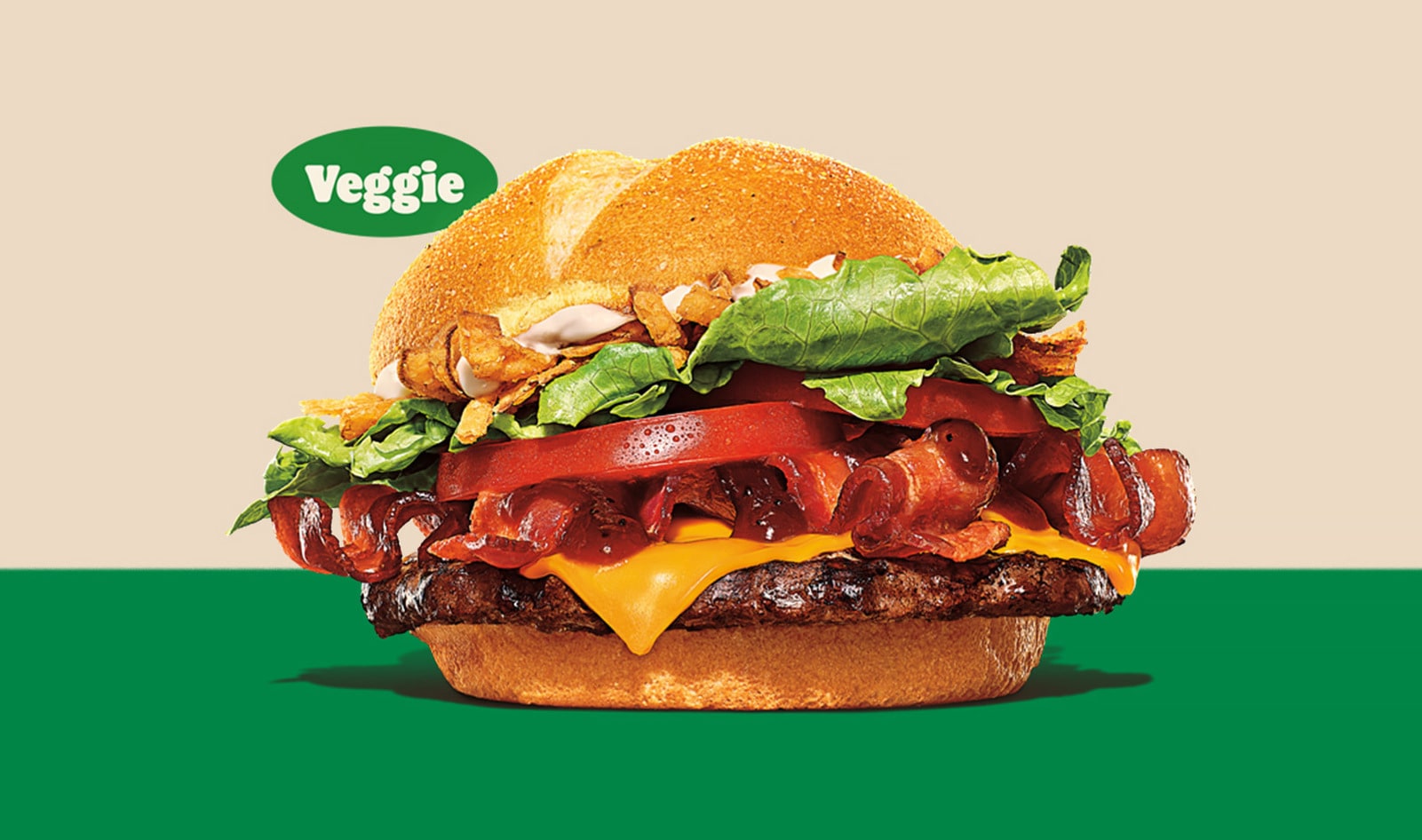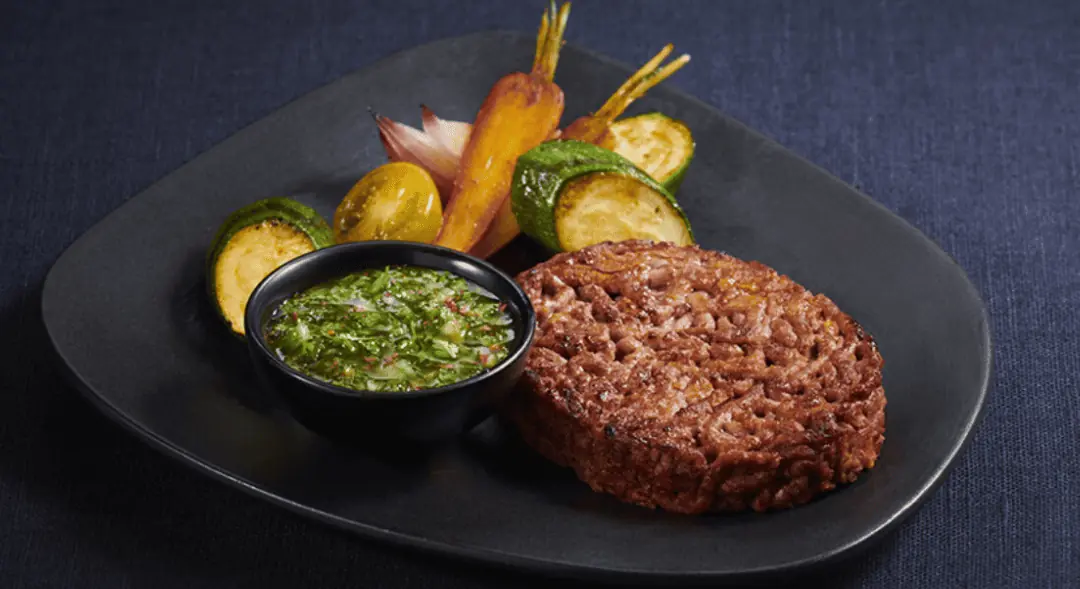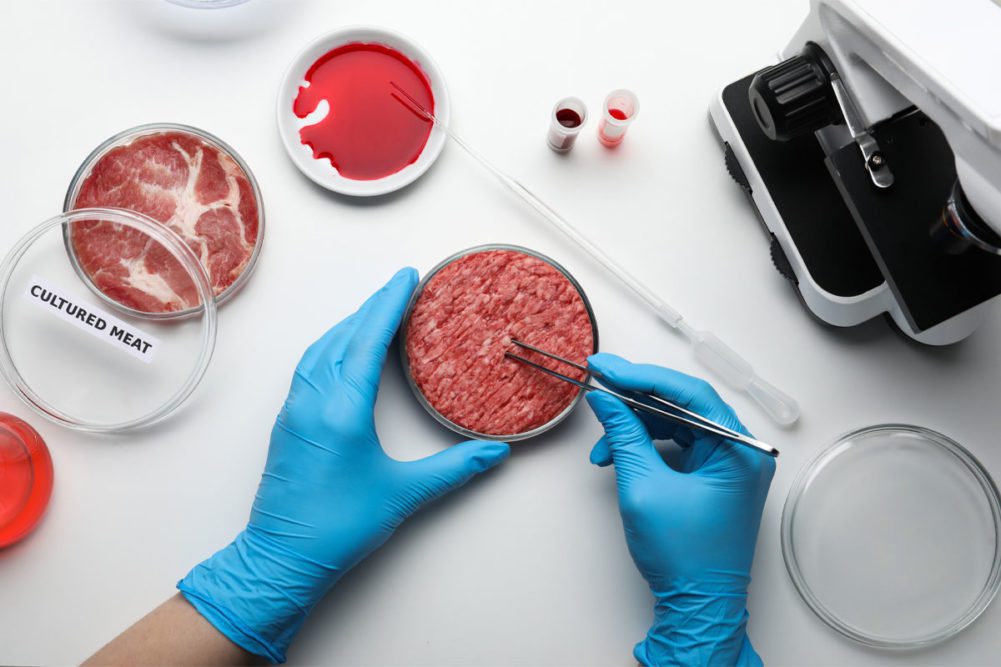In recent years, the dairy industry has worked hard to hinder formidable competition from plant-based foods. The industry lobbied for legislation that would prevent companies from calling their plant-based dairy alternatives “milk” for instance, and petitioned the FDA to define milk as the product of “hooved animals.” It also launched numerous marketing campaigns portraying plant-based milks as unnatural and unhealthy, while romanticizing dairy milk as the only truly nutritious and all-American beverage.
While these tensions, which pit traditional animal products against more humane alternatives, might seem like a product of the 21st century, they go all the way back to the 1870s, when a surge in the popularity of margarine prompted a heated battle over coloring, labeling, health and regulations that lasted almost a century.
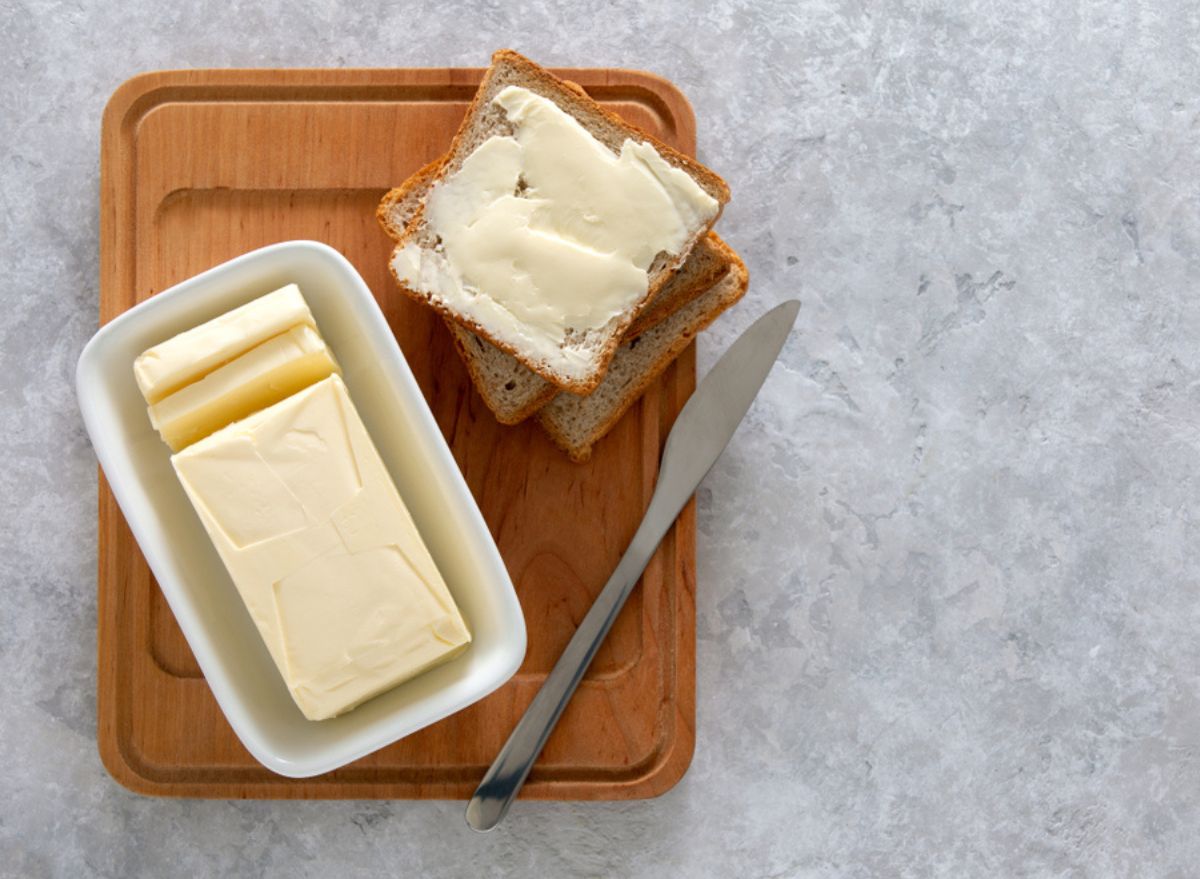
Here’s what the controversy around the so-called “demon spread” — aka margarine — can teach us about the current debates surrounding cultivated meats and other cruelty-free alternatives.
A Brief History of Margarine
Margarine — a creamy butter substitute made primarily from vegetable oils — was invented by the French chemist Hippolyte Mège-Mouriés in 1869 after a food shortage prompted the French government to offer a prize to anyone who could create a cheap and effective alternative to butter. Mège-Mouriés rose to the challenge, creating a product he christened “oleomargarine,” which combined the Latin word for “olive oil” with the Greek word for “pearl.” Margarine is essentially a water-in-fat emulsion made through the intensive processing of refined vegetable oil and water. Though margarine originally used beef tallow as its primary fat source, the discovery of hydrogenation in 1900 allowed for the substitution of vegetable oils for animal fat from that point forward.
Margarine was patented in New York in 1871, paving the way for the product’s tremendous spread throughout the United States. In 1873, the Oleo Margarine Manufacturing Company opened in New York and quickly expanded to 37 plants across the country.
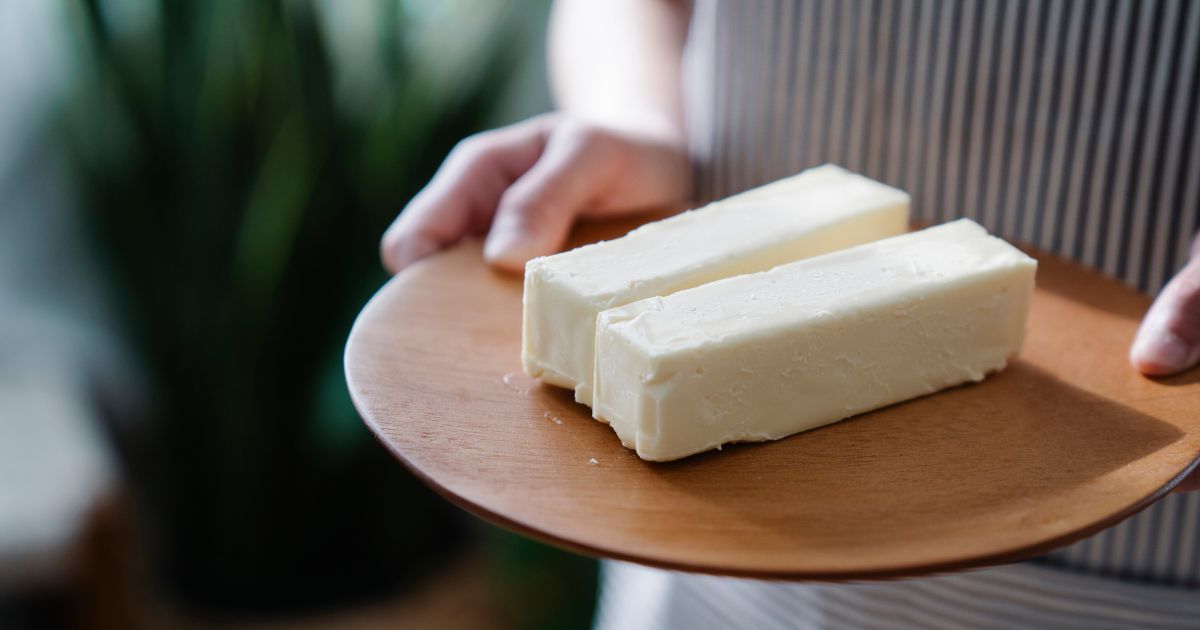
When margarine began hitting U.S. markets near the end of the 19th century, many consumers were already dissatisfied with the taste, quality and reliability of traditional butter. Butter was typically produced on small-scale farms, and the quality varied widely depending on the equipment, livestock and skill of the farmer. As historian Gerry Strey writes in Oleo Wars: Wisconsin’s Fight Over the Demon Spread, “So bad was the overall quality of Wisconsin butter that in Chicago markets, it was known as ‘Western grease,’ and was sold as a lubricant, not for human consumption.”
Though margarine offered a cheap and consistent alternative to this “Western grease,” it was initially met with some skepticism. Many consumers were turned off by margarine’s natural pale white color, and worried that the spread was a “poor man’s food” that they shouldn’t be serving to their family and guests.
By the late 1880s, however, manufacturers began tinting margarine yellow to make it more closely resemble butter. Margarine ads touted the product as “made in the milky way” and “churned especially for lovers of good butter.” Margarine quickly became a boon to consumers who saw little difference in taste or appearance, but liked the spread’s consistent quality and cheaper price tag.

In 1881, 34 million pounds of margarine were sold in the United States. That number jumped to 126 million in 1902. The rise of margarine was so notable that one of the greatest novelists of the 19th century even had to comment upon it: In his 1883 memoir, Life on the Mississippi, Mark Twain describes overhearing an enthusiastic margarine salesman calling out, “You are going to see the day, pretty soon, when you can’t find an ounce of butter to bless yourself with.”
** Click here to read the full-text **







